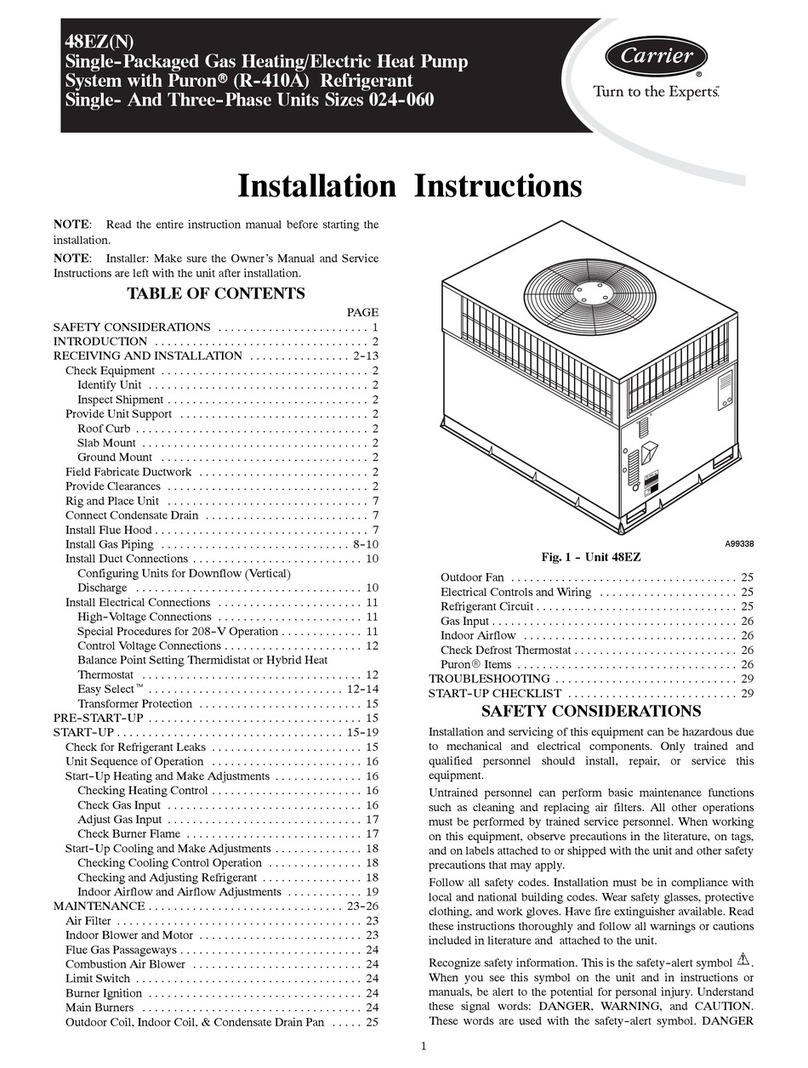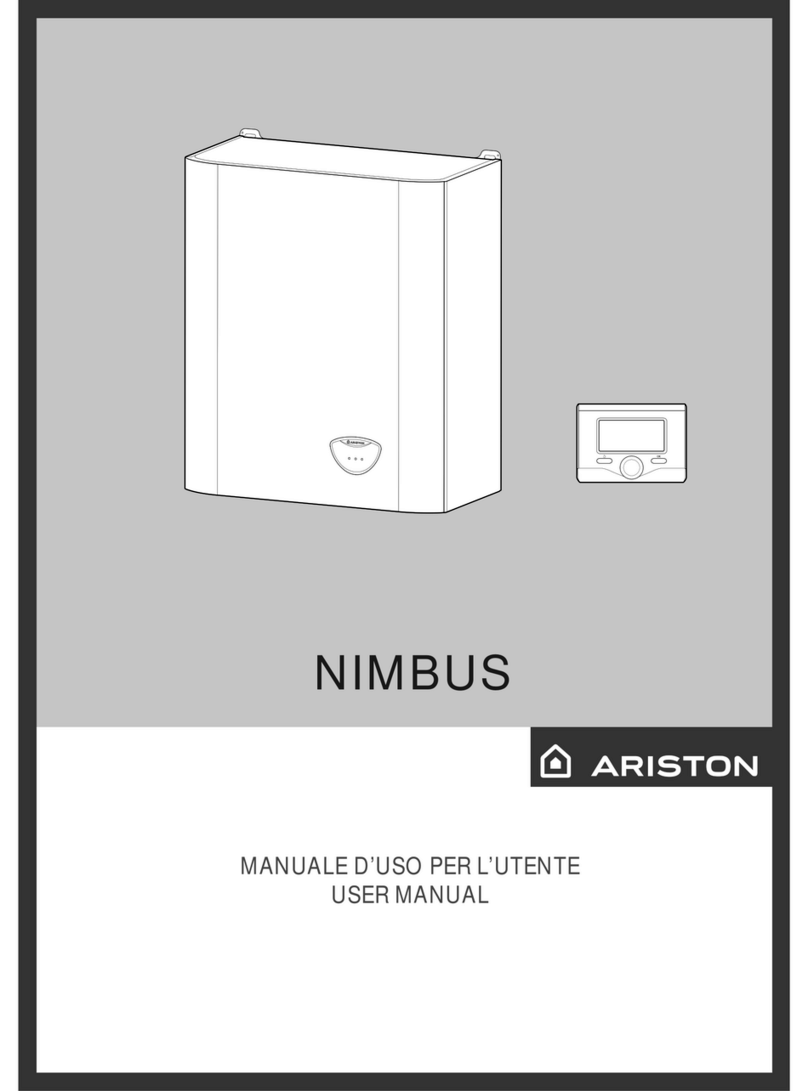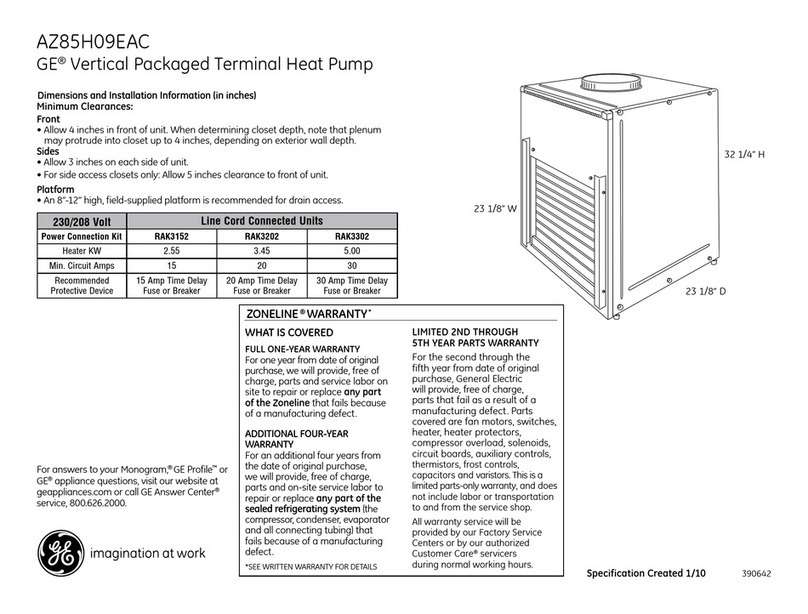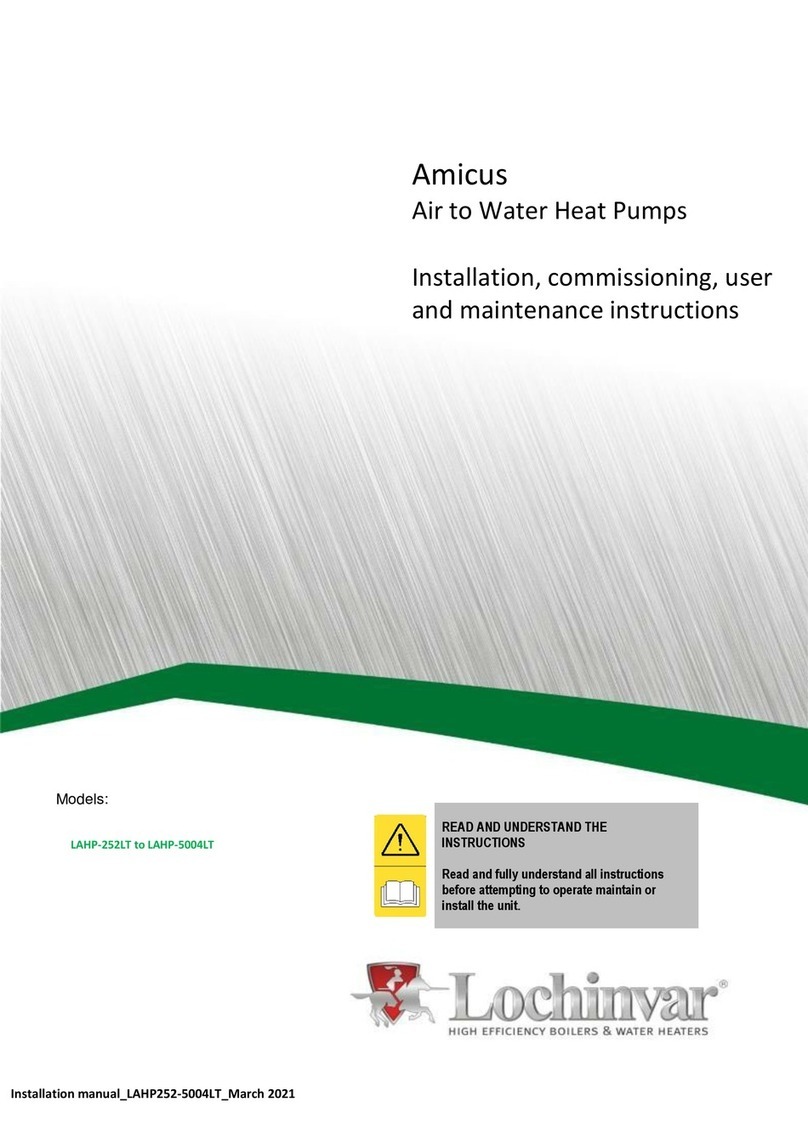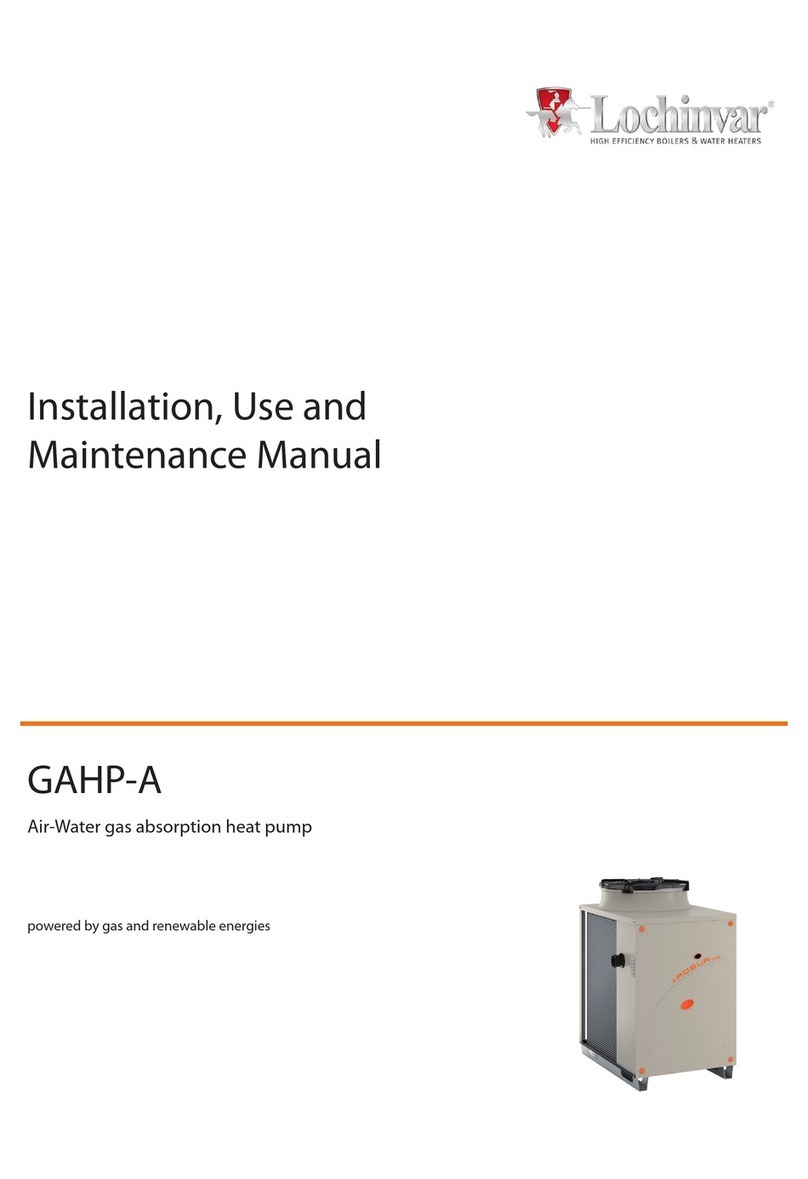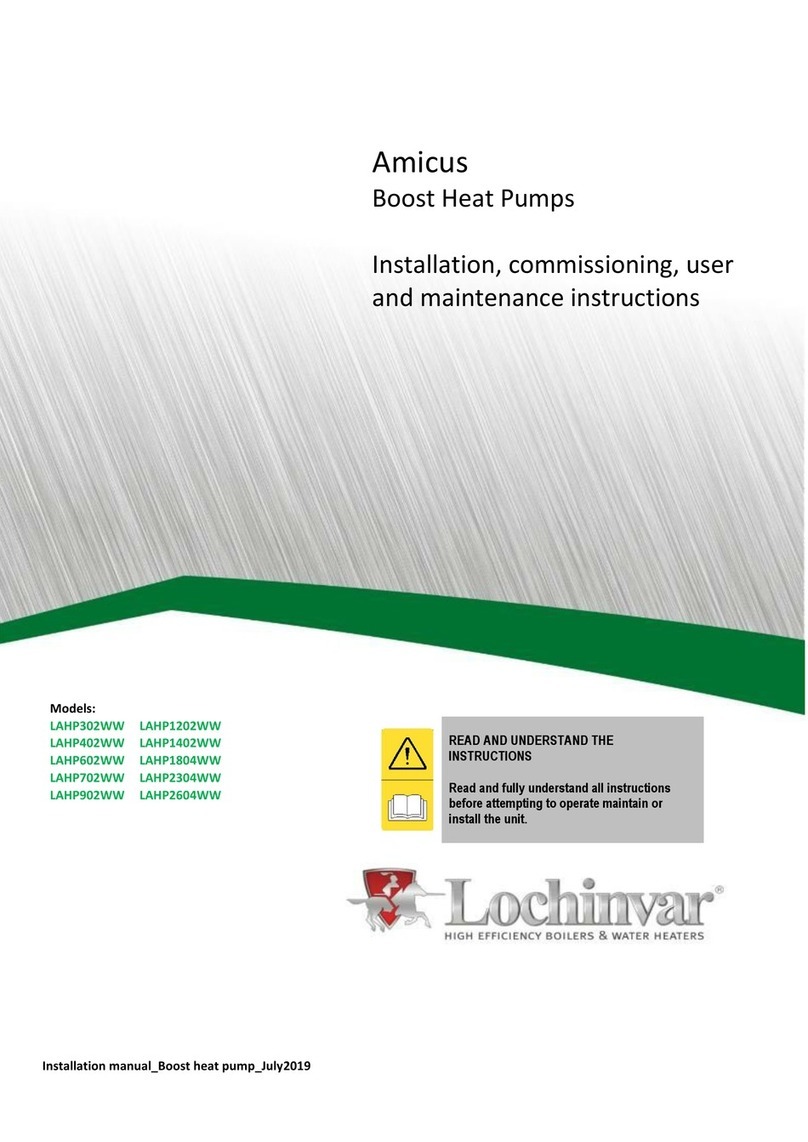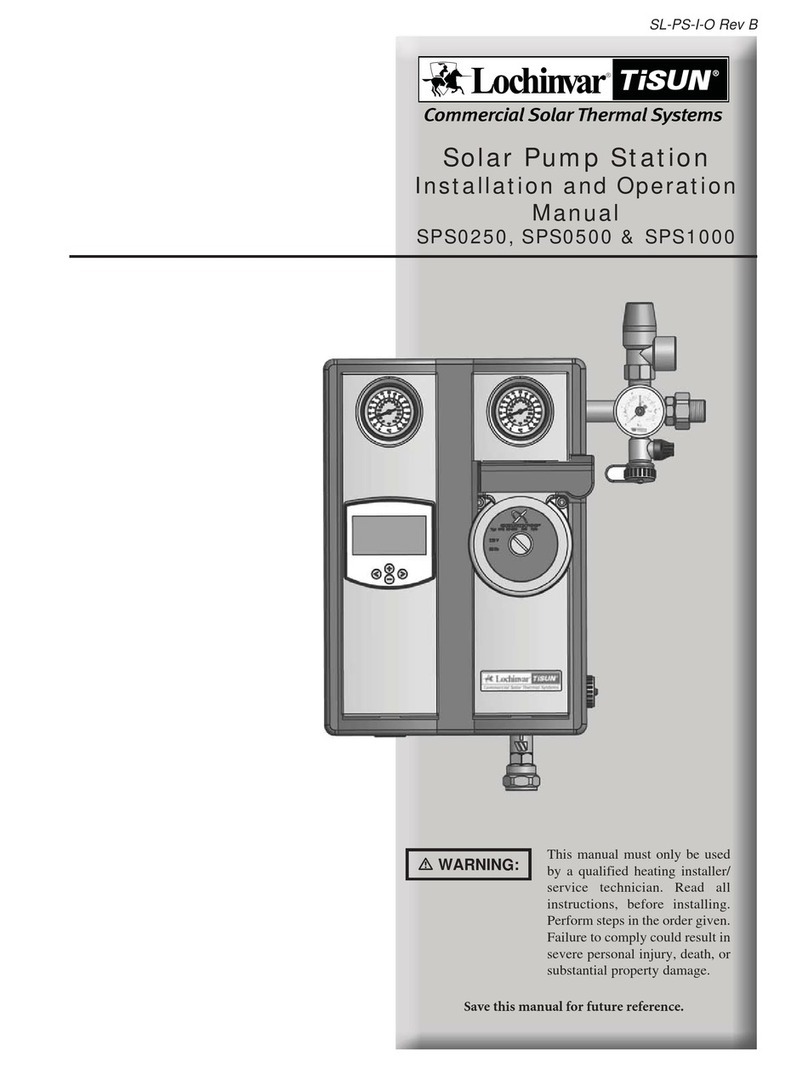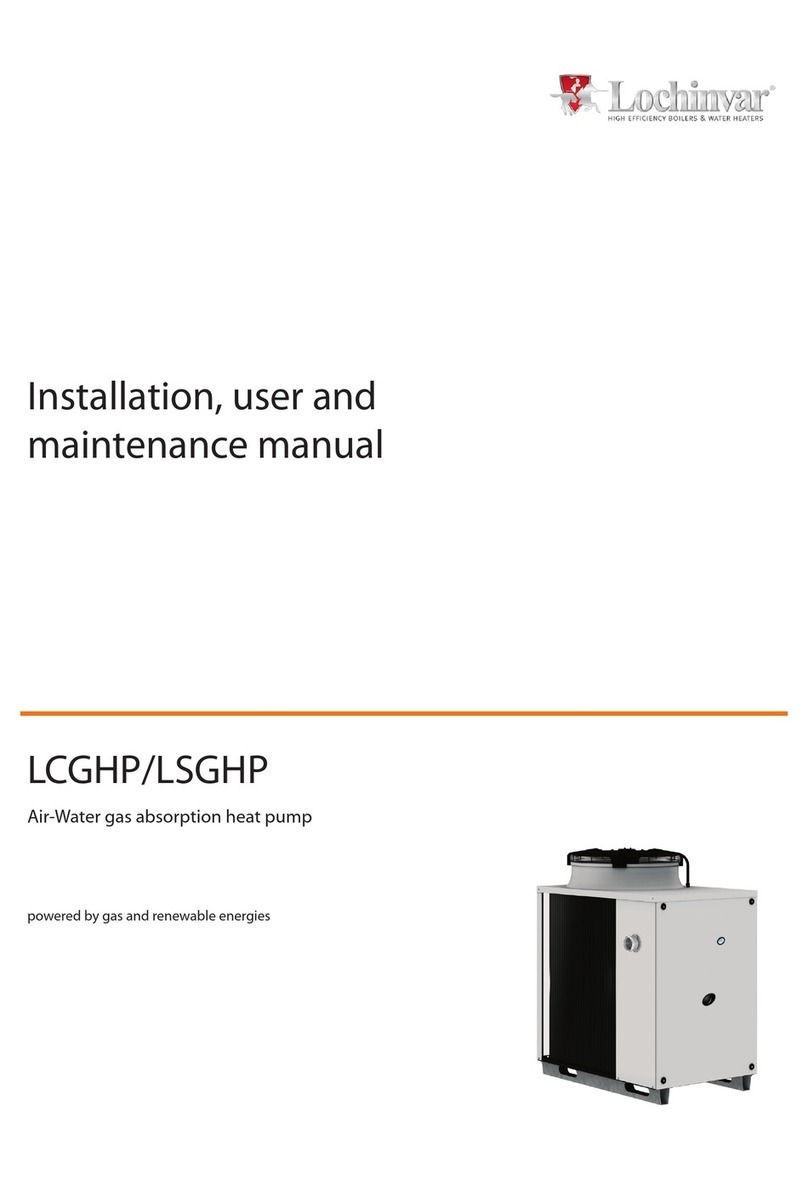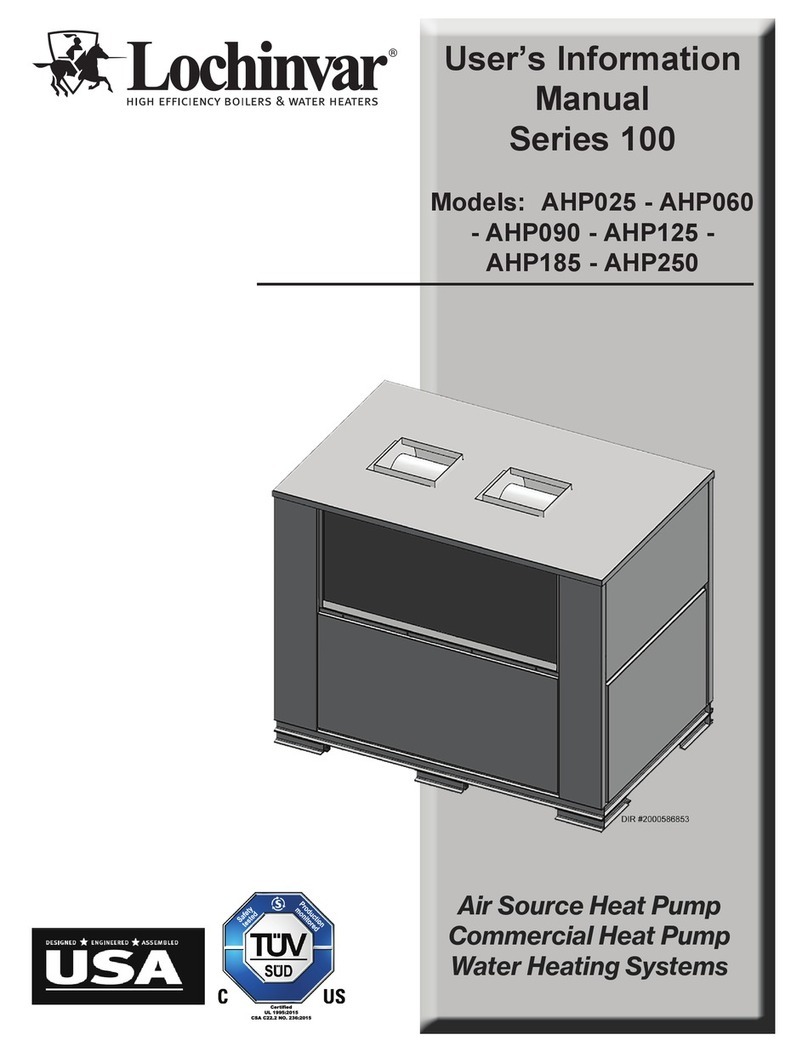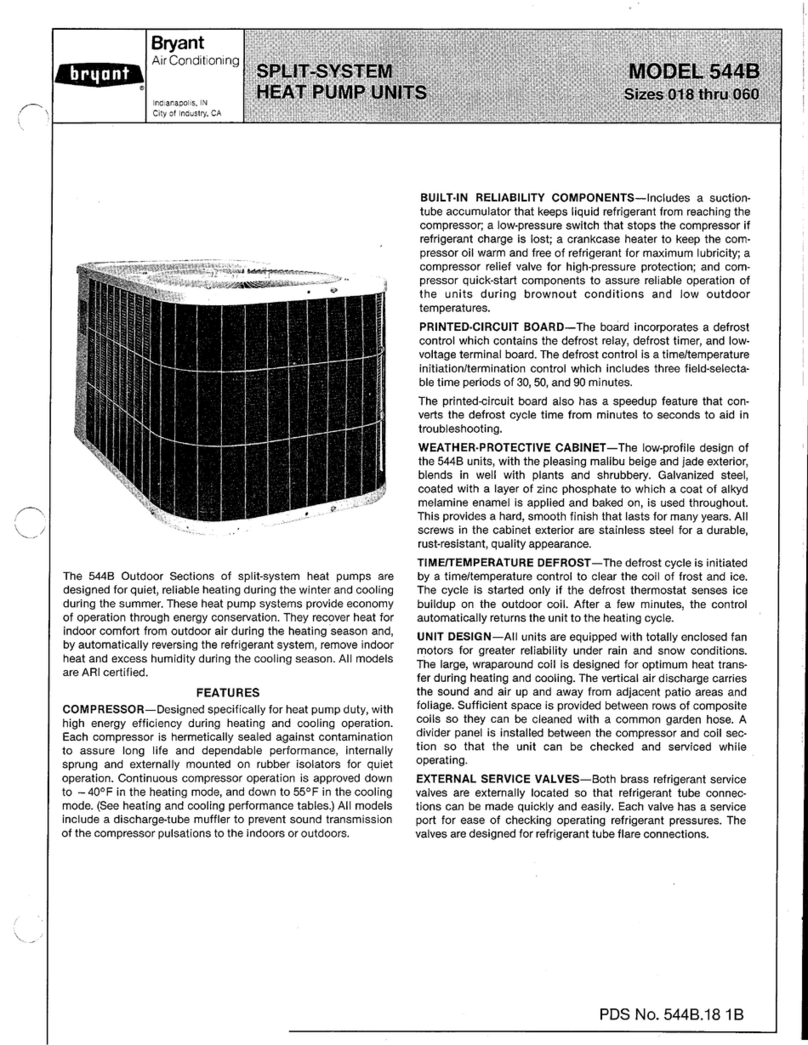
Rev. A 11-2020
2
INDEX
1. INTRODUCTION................................................................................................................................................................................... 4
1.1 Preliminary information.................................................................................................................................................... 4
1.2 Aim and content of the manual ....................................................................................................................................... 4
1.3 How to store this manual ................................................................................................................................................. 4
1.4 Manual updates ............................................................................................................................................................... 4
1.5 How to use this manual ...................................................................................................................................................4
1.6 Potential risks .................................................................................................................................................................. 5
1.7 General description of symbols used............................................................................................................................... 6
1.8 Safety symbols used........................................................................................................................................................ 7
1.9 Limitations and prohibited use......................................................................................................................................... 7
1.10 Unit identication .......................................................................................................................................................... 8
2. SAFETY .............................................................................................................................................................................................. 9
2.1 Warning re potentially hazardous toxic substances ........................................................................................................ 9
2.2 Refrigerant handling ....................................................................................................................................................... 9
2.3 Prevention of inhalation of high vapor concentrations................................................................................................... 10
2.4 Procedures in the event of accidental release of refrigerant ......................................................................................... 10
2.5 Main Toxicological information on the type of refrigerant used...................................................................................... 10
2.6 First aid measures ......................................................................................................................................................... 10
3. TECHNICAL CHARACTERISTICS .................................................................................................................................................... 11
3.1 Unit description.............................................................................................................................................................. 11
3.2 Versions ......................................................................................................................................................................... 12
3.3 Accessories description ................................................................................................................................................. 13
3.4 What is the E.V.I. technology (enhanced vapour injection) ........................................................................................... 14
3.5 Technical data................................................................................................................................................................ 15
3.6 Operation limits.............................................................................................................................................................. 16
3.7 Domestic hot water production ..................................................................................................................................... 17
3.8 Compressor capacity steps ........................................................................................................................................... 18
3.9 Correction tables............................................................................................................................................................ 18
3.10 Sound data .................................................................................................................................................................. 19
4. INSTALLATION................................................................................................................................................................................... 20
4.1 General safety guidelines and and use of symbols ....................................................................................................... 20
4.2 Workers’ health and safety ........................................................................................................................................... 20
4.3 Personal protective equipment ..................................................................................................................................... 20
4.4 Inspection ...................................................................................................................................................................... 21
4.5 Storage .......................................................................................................................................................................... 21
4.6 Unpacking...................................................................................................................................................................... 21
4.7 Lifting and handling........................................................................................................................................................ 22
4.8 Location and minimum technical clearances................................................................................................................. 22
4.9 Installation of rubber vibration dampers (KAVG)........................................................................................................... 24
4.10 Serial interface card RS485 (INSE)............................................................................................................................. 24
4.11 Installation of condensate drip tray (BRCA)................................................................................................................. 25
4.12 Hydraulic connections.................................................................................................................................................. 26
4.13 Chemical characteristics of the water.......................................................................................................................... 26
4.14 Hydraulic components ................................................................................................................................................. 27
4.15 User circuit minimum water content............................................................................................................................. 28
4.16 Domestic hot water (dhw) minimum water content...................................................................................................... 28
4.17 Filling the hydraulic circuit............................................................................................................................................ 28
4.18 Emptying the installation.............................................................................................................................................. 28
4.19 Typical installations ..................................................................................................................................................... 29
4.20 Wiring connections: Preliminary safety information ..................................................................................................... 30
4.21 Electric data................................................................................................................................................................. 31
4.22 Electric connections..................................................................................................................................................... 32
4.23 Positioning of the user circuit water inlet sensor (BTI)................................................................................................. 35
4.24 Refrigerant circuit layout.............................................................................................................................................. 36







